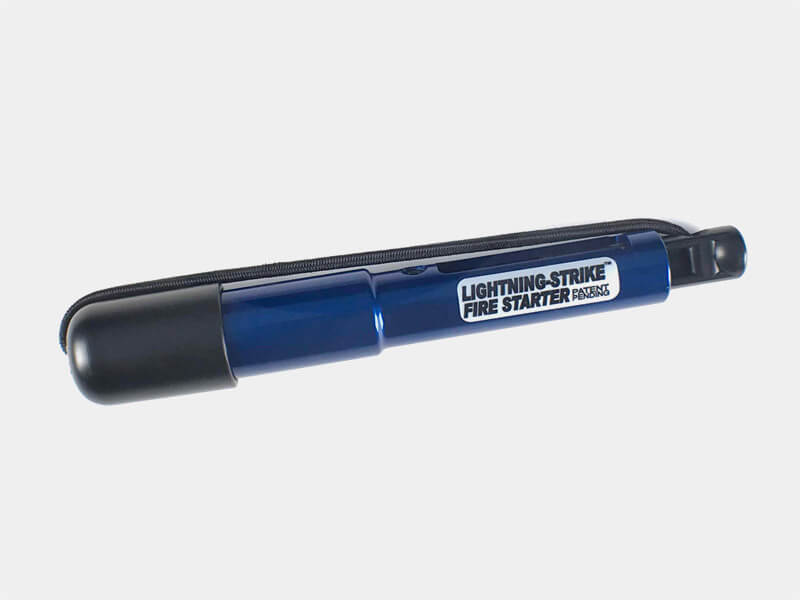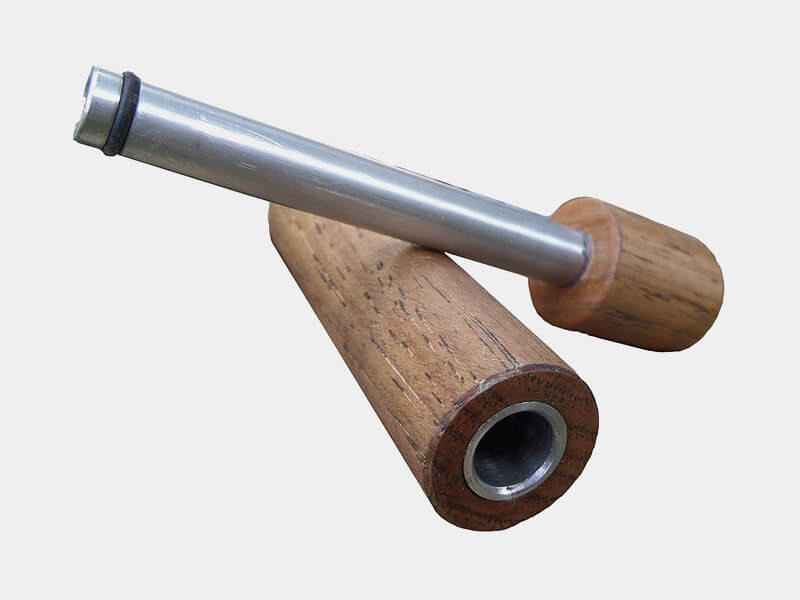Firestarters: Buy or DIY?
March 12th, 2020
4 minute read
There is just something about fire; it’s capable of causing massive and total destruction, but it can also be harnessed to do a wide variety of positive things. A fire can provide a hot meal, a good cup of coffee or cocoa miles away from your kitchen, and even keep you alive if you’re stuck outside on a cold night. One of the most critical skills you can have in the survival realm, then, is being able to make a fire.
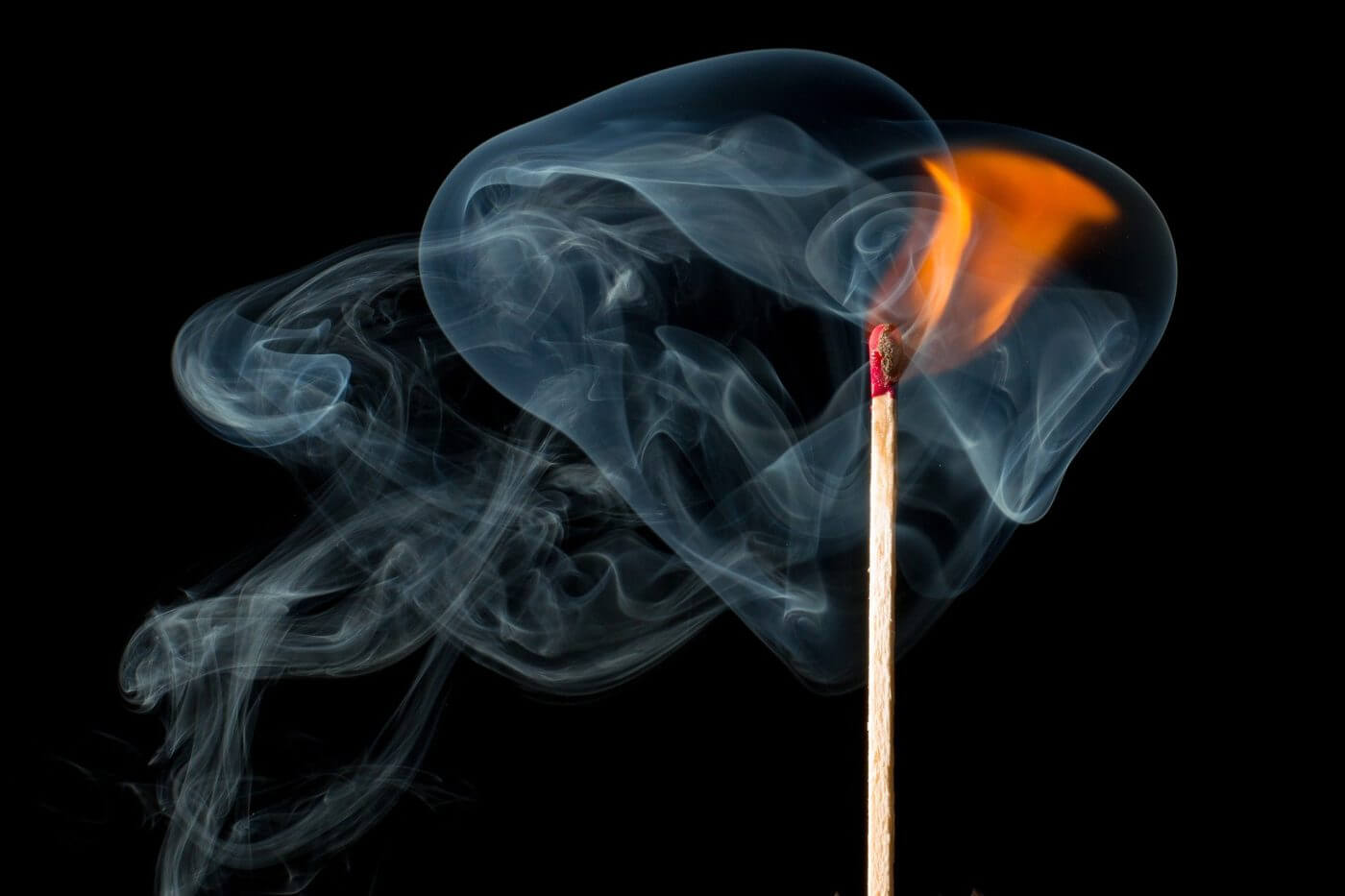
There are all kinds of ways to make fire, including bow drills and other primitive tools. It’s great — and maybe even important — to know how to use those primitive tools if you’re in dire straits, but modern times means modern technology, and you don’t have to spend hours with a bow drill anymore. You can carry small firestarters in your pocket 24-7 now, that work regardless of the weather. Work smarter, not harder.
[Be sure to read Eric Perez’s article on Campfire Safety for additional insight on this topic.]
The next logical questions, of course, are do you really need a firestarter, and can you just make one? The answer to both of those questions is yes; in fact, when it comes to fire, the adage that “two is one and one is none” holds true. Always carry at least three different ways of making fire, and at least two of them should be waterproof.
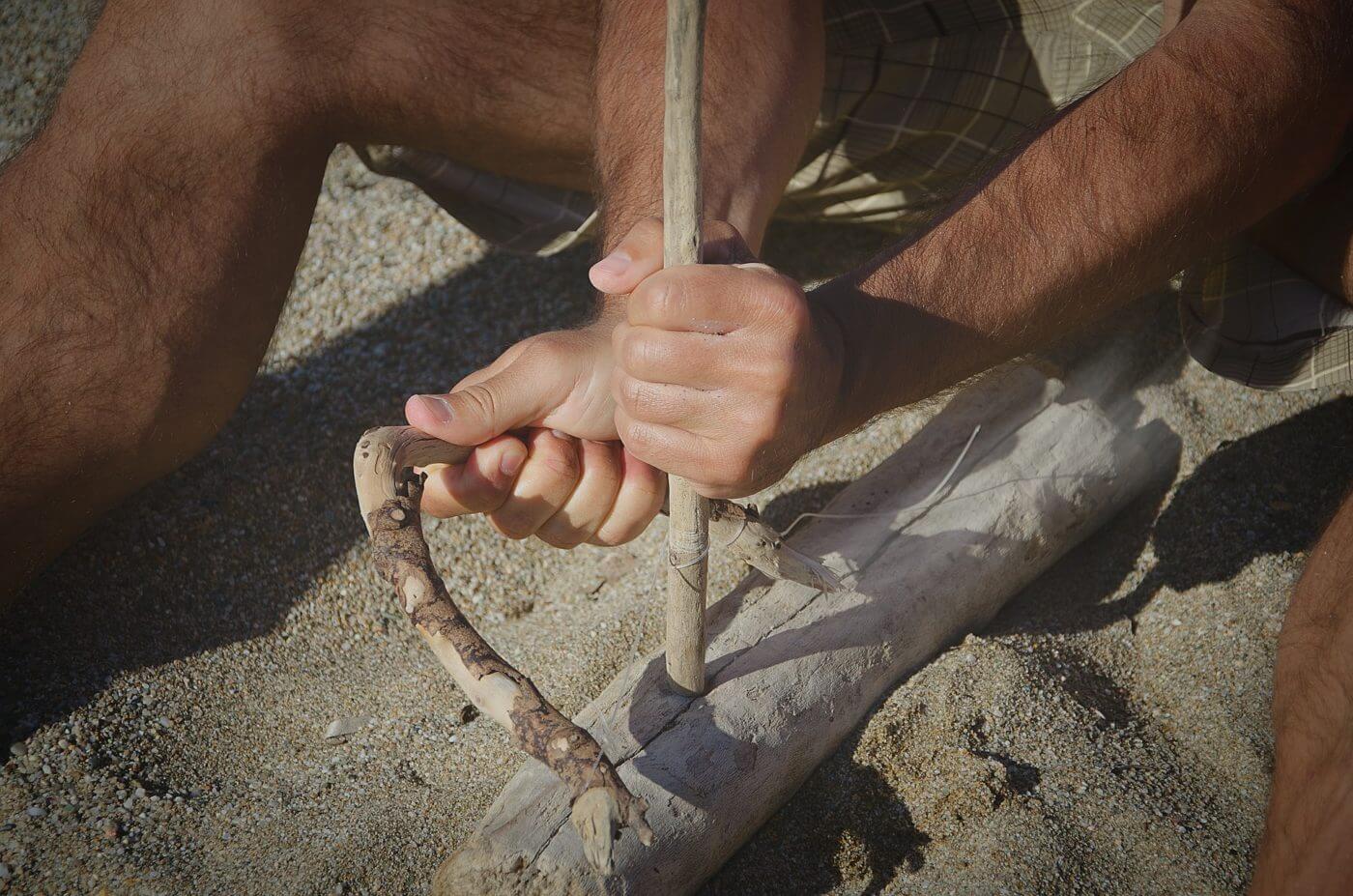
Friction Firestarters
Bow drills, handrills, fire saws and fire plows go here. They don’t need much in the way of tools; you can typically make one with a knife and whatever wood is around you, which means you don’t have to carry anything but your cutting tool. That’s the good news.
The bad news is that they are difficult to use effectively, can take hours to work depending on the materials and moisture, and can sap you of what strength you have if you’re not practiced at using them. While you might be tempted to forego bringing a firestarter into the woods thinking you can just make a bow drill later, that’s a bad idea.
Striker Firestarters
Striker firestarters use the principle of creating sparks by striking flint and iron together — at least, that was the idea back in the early Iron Age when man first came up with the idea. Modern strikers use ferrocerium alloy, which creates better sparks that burn hotter and longer. Magnesium is also a popular striker type.
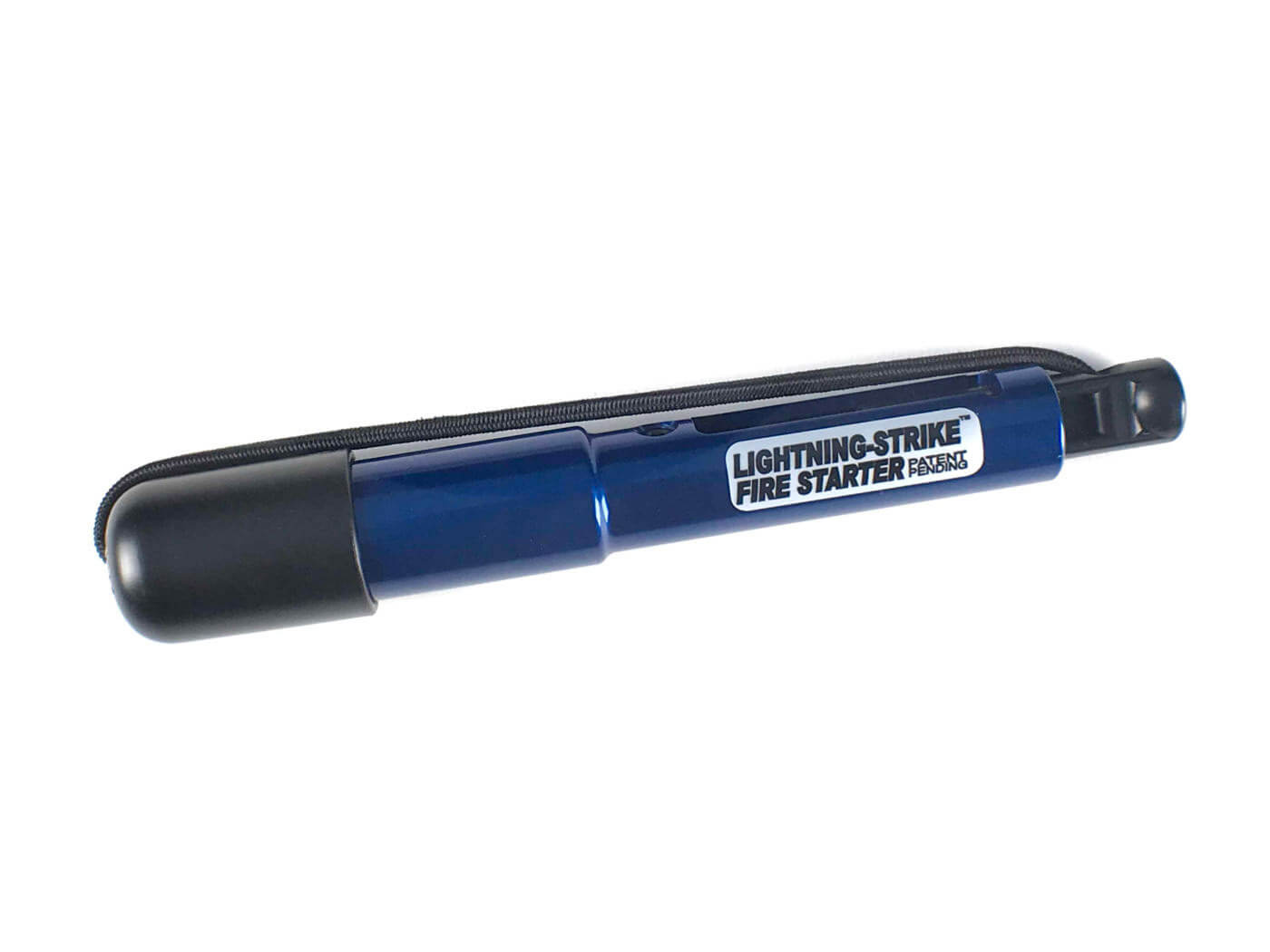
Strikers can be used in wet conditions and still throw sparks, making them a great all-weather tool. They’re small, easy to carry, and can even hang off of a zipper or handle. One of the best ones on the market, according to customer reviews, is the Lightning Strike Fire Starter by Holland’s. While it retails for about $60, it’s a fully self-contained unit about the size of a mini Mag Lite. When fire can save your life, it might be worth the one-time investment.
Fire Pistons
Fire pistons are another type of firestarter that look cool and works well if you know how to use them but can be super frustrating if you are just learning. With a little practice, however, they’re quite effective. In fact, the Camp Fire Piston is an excellent example of an affordable fire piston that’s both affordable and easy to use.
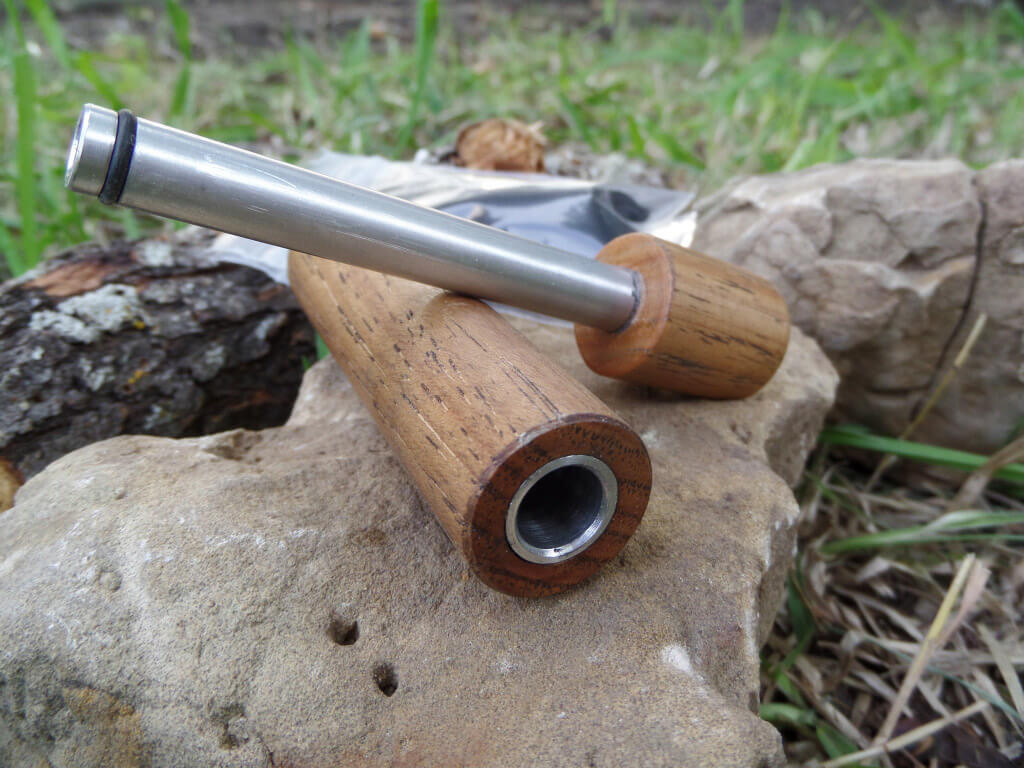
Lighters and Accelerants
If you don’t want to spend a lot of money or just like the idea of more DIY-type things, there’s an argument to be made for sticking with a Bic lighter and some homemade accelerant. Bic lighters are cheap and reliable; unfortunately, they don’t work well when wet or super cold.
As for accelerants, here is just a sampling of what you can do with stuff you probably already have at home:
- Wax and fiber: Fill the compartments of an egg carton with dryer lint, then pour melted paraffin wax over it. The wax keeps the lint dry and it will burn longer, including the paper egg carton.
- Hand sanitizer and gauze pad: These are two items you probably have in your medical kit. Just take a gauze pad, fold it up into quarters, and soak it in hand sanitizer. It will burn easily and cleanly.
- Vaseline and cotton balls: While this is a well-known survival fire material, the trick is to melt the petroleum jelly in a double boiler first and use large cotton balls. That way it soaks in well and burns for a while.
Each of these accelerants is made ahead of time and should be stored in a Ziploc bag for when you need it.

Conclusion
Your best bet is to have three different types of firestarters if you’re in the woods. Keep them in different locations in case one gets wet or lost. Having the ability to make fire in any condition isn’t just about morale — it might just save your life.
Editor’s Note: Please be sure to check out The Armory Life Forum, where you can comment about our daily articles, as well as just talk guns and gear. Click the “Go To Forum Thread” link below to jump in!
Join the Discussion
Featured in this article
Continue Reading
Did you enjoy this article?

 63
63




